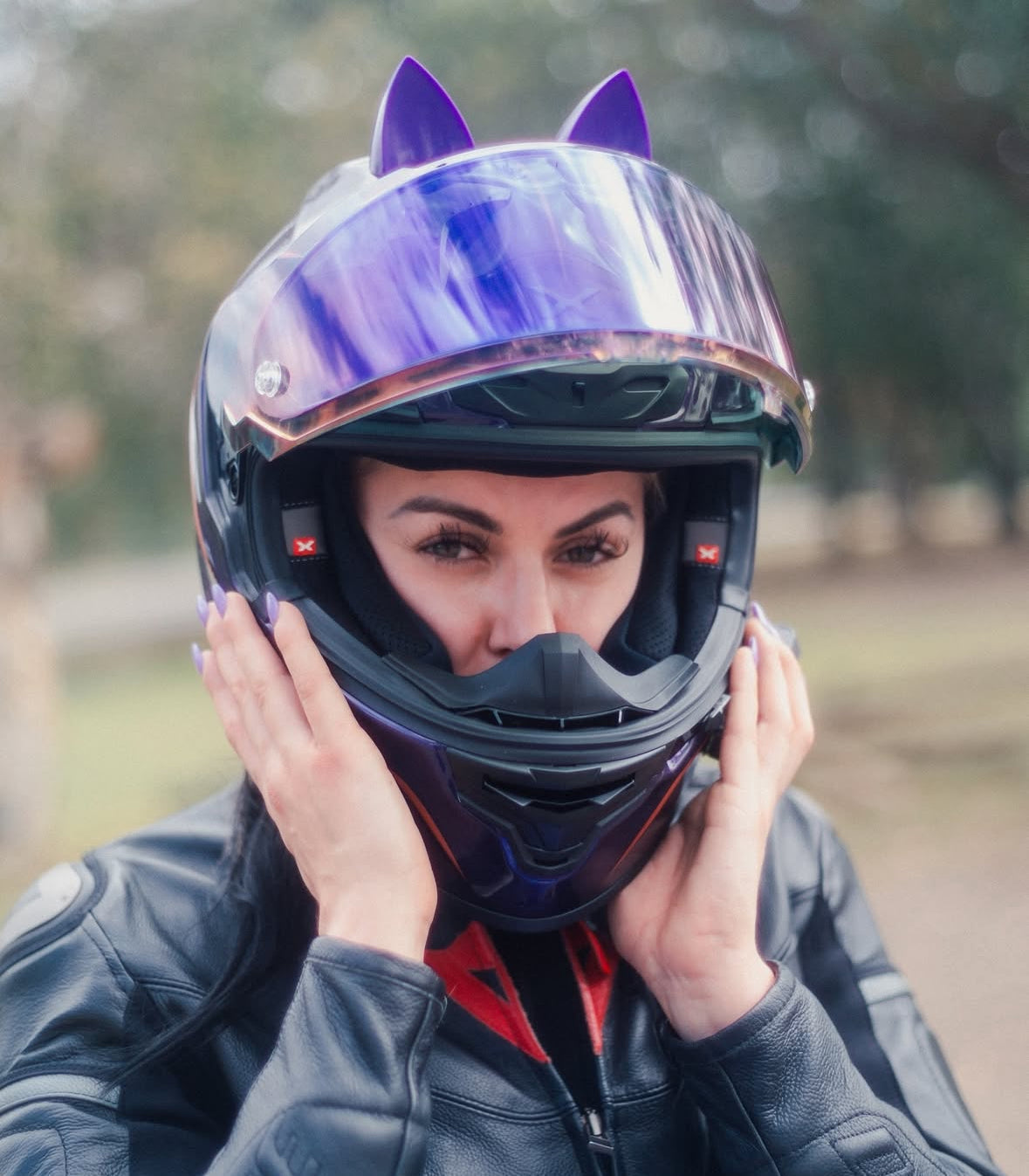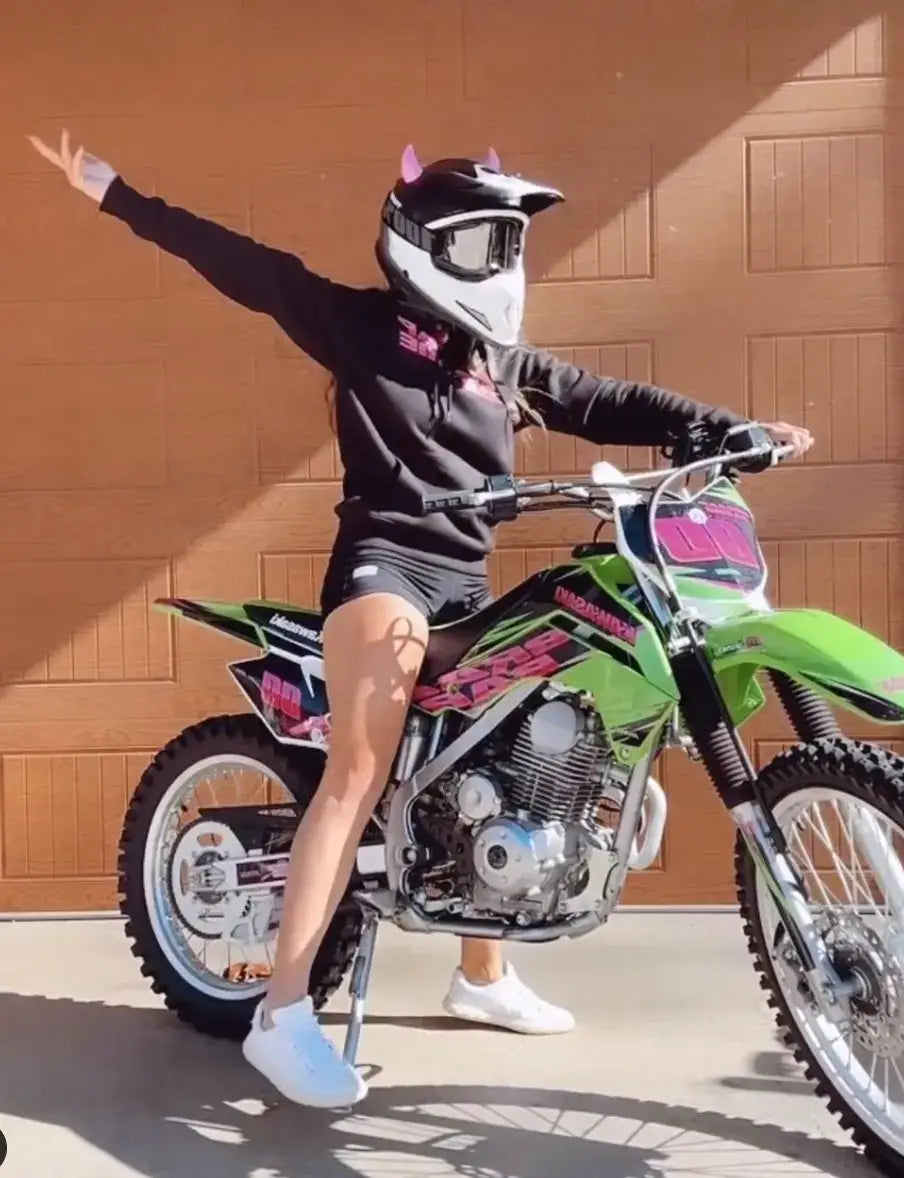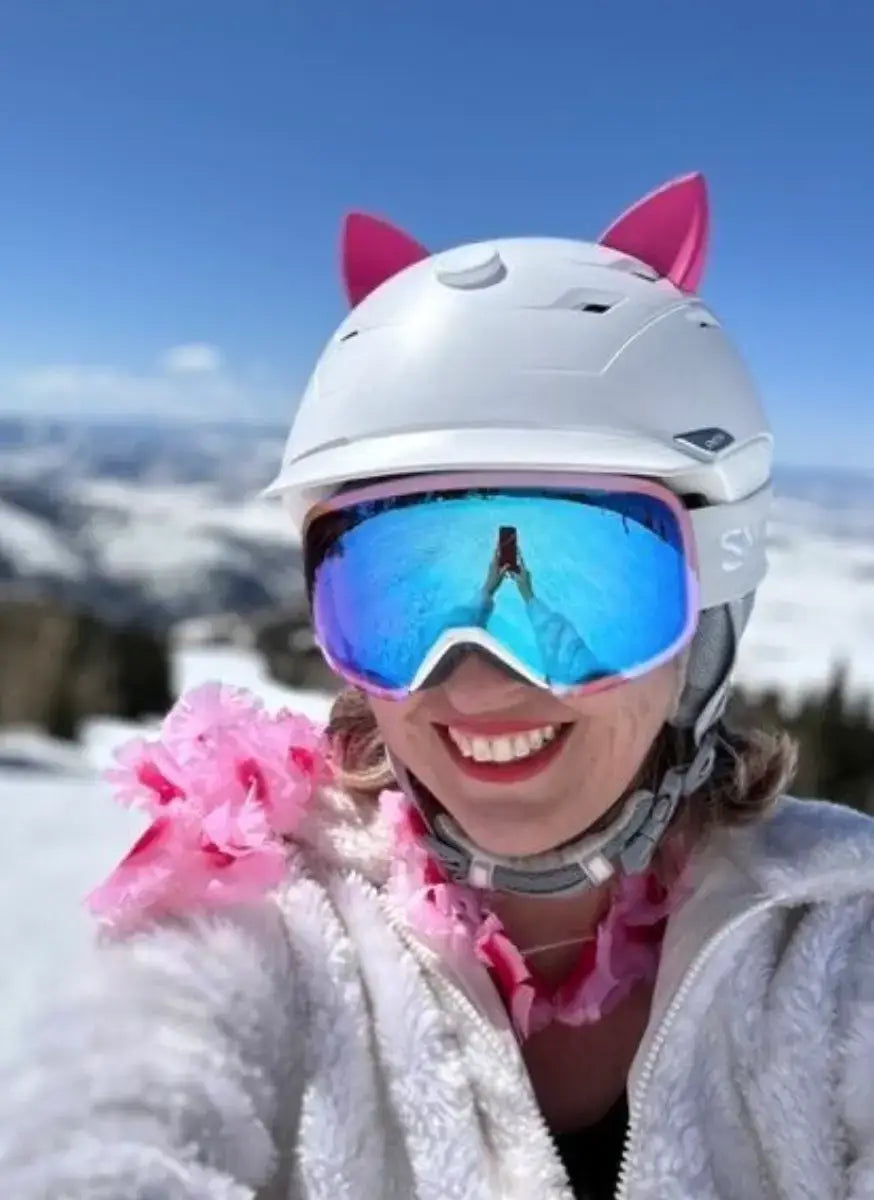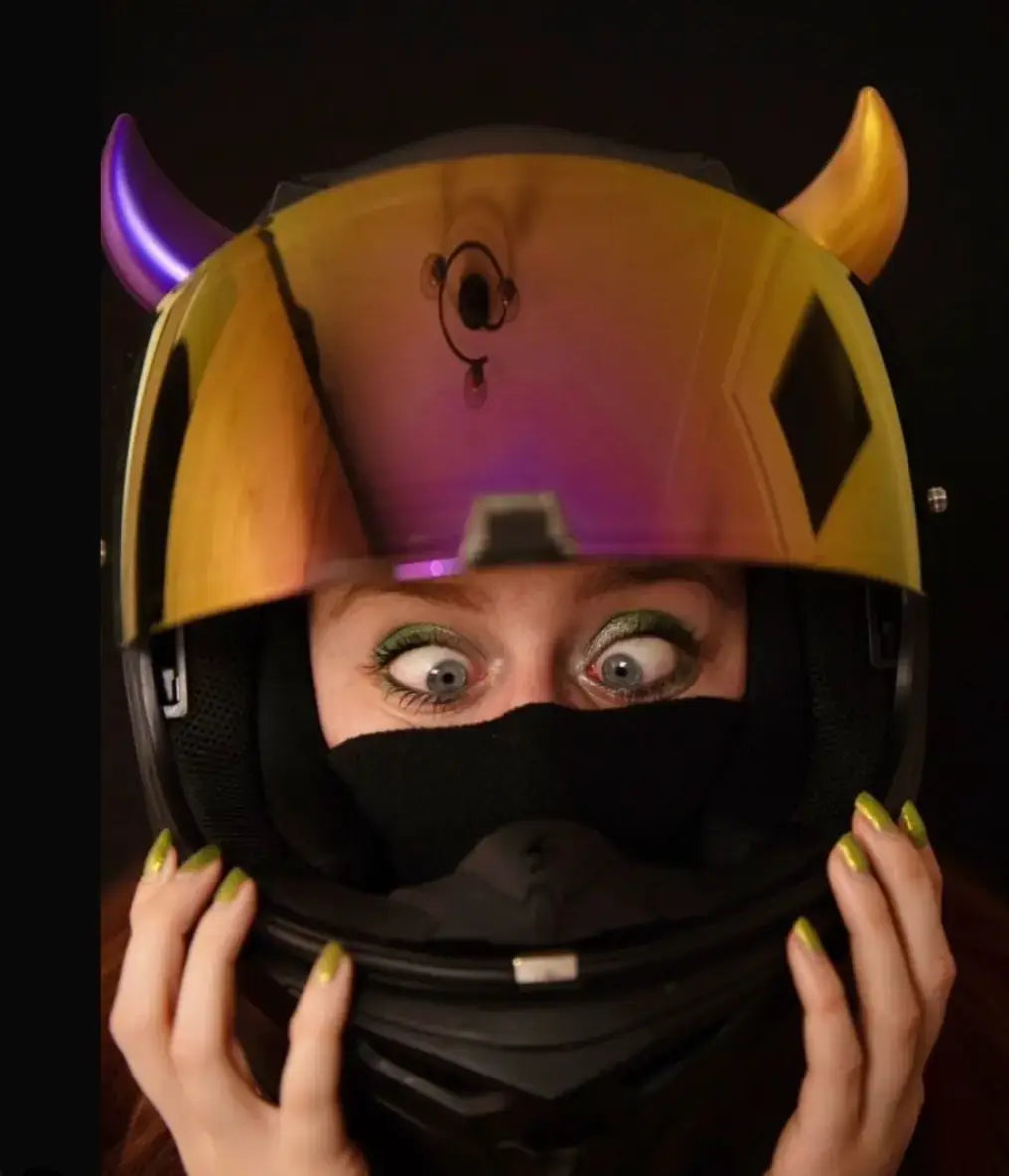Helmet Standards, Decoded: CPSC, ASTM, Snell, DOT & ECE 22.06
Helmets have more alphabet soup than a ski-town diner. CPSC, ASTM, Snell, DOT, ECE…which ones matter to your riding? This no-nonsense guide explains what each standard covers, who it’s for (bike, skate, snow, moto), and how to use that info to buy—and care for—the right helmet. No lab coat required.
Quick glossary (what the acronyms mean)
-
CPSC – U.S. federal standard for bicycle helmets sold to consumers.
-
ASTM – A group of voluntary standards, common for skate (F1492), snow (F2040), and other niche activities.
-
Snell – A private foundation issuing rigorous voluntary standards for some moto and bicycle lids.
-
DOT – U.S. motorcycle helmet standard (FMVSS 218). A legal minimum for road use in the U.S. where helmet laws apply.
-
ECE 22.06 – The latest European motorcycle helmet regulation used in many countries; progressively updates testing from the older 22.05.
Heads up: Standards evolve. Always check your helmet’s label and the maker’s website for the exact standard it meets.
Which standard applies to which activity?
| Activity | Minimum you’ll commonly see | Also seen |
|---|---|---|
| Bicycle | CPSC (U.S.) | EN 1078 (EU), Snell B-90/95 (legacy in market) |
| Skateboarding/Inline | ASTM F1492 | Dual-certified bike/skate lids may also meet CPSC |
| Snow (ski/snowboard) | ASTM F2040 | CE EN 1077 (EU) |
| Motorcycle (U.S.) | DOT (FMVSS 218) | ECE 22.06, Snell M20xx (voluntary), FIM for racing |
Takeaway: Match the standard to the activity. No single helmet is “best” for everything—impact speeds and crash angles differ.
What the tests generally look at
-
Impact energy management (how well the liner absorbs hits)
-
Coverage (how much of your head is protected)
-
Retention system (strap strength and roll-off resistance)
-
Penetration & shell checks (on some moto standards)
-
Visor/field of view checks (moto)
-
Rotational/oblique impacts are increasingly considered in newer or optional protocols
Real-world tip: Certification ≠ fit. A poorly fitting certified helmet can underperform a well-fitted one. Always prioritize fit and condition.
How ECE 22.06 changed the moto game
ECE’s newer 22.06 framework broadens test conditions (e.g., more impact points, broader speed ranges, and attention to modern features like sun visors). For riders who tour or commute, it’s a good shorthand for a well-vetted lid—especially when paired with a reputable brand and a proper fit.
Buying advice by use case
-
Urban bike commuters: Look for CPSC (U.S.) with good coverage and night visibility features (reflectives/lights).
-
Park & street skaters: Seek dual-certified helmets meeting CPSC and ASTM F1492 for repeated low‑energy hits.
-
Ski/board weekends: Choose ASTM F2040 (or EN 1077) with goggle compatibility and adjustable vents.
-
Motorcycle road riders: Start with DOT compliance in the U.S.; many riders also prefer ECE 22.06 or Snell for added assurance.
Care & replacement timelines
-
Post-crash: Replace immediately after any significant impact.
-
Age: Many makers suggest replacing every 3–5 years, depending on use and UV/sweat exposure.
-
Storage/cleaning: Mild soap for liners, avoid harsh solvents, dry thoroughly away from direct heat.
Helmet Flair & standards
Our flair (MagNeatOhz magnetic bases and Softeez peel‑and‑stick) is designed to keep vents functional and shells happy. Always attach accessories per the helmet maker’s guidance and keep them away from critical crush zones.
CTA: Ready to add personality without compromising purpose? Shop Helmet Flair and keep the fun on the outside of the shell.
FAQ Q: Can I use a ski helmet for biking?
A: It’s better to match the standard to the activity. Venting, liner density, and coverage differ.
Q: Are more standards always better?
A: More labels can indicate broader testing, but fit, condition, and wearing the right helmet for your activity matter most.
Q: Where do I find the certification?
A: Check inside the helmet shell/liner or the user manual. Retail pages often list it, too.









